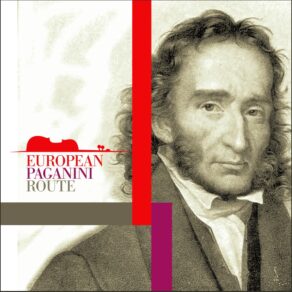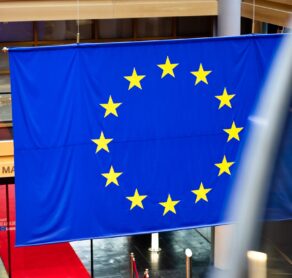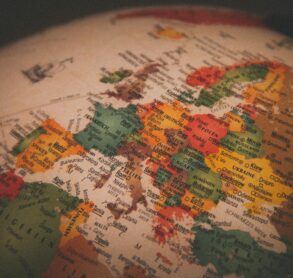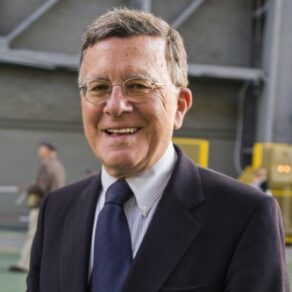The aim of the Itinerary is to narrate, through a virtual and real journey, the places and personalities who, stimulated by the artist, contributed to the creation of European citizenship based on cultural and, in particular, musical artistic practices, in a period of transition from the 18th-century courts to democratic values and the Enlightenment, up to Romanticism, which also marked the search for the national identities that make up today’s European identity: united in diversity. Paganini, with his virtuosity and continuous search for innovation (as a composer, performer, organizer, etc.), gave impetus to younger generations of musicians and artists from different parts of Europe, who met and shared these innovations. Music, in fact, is a common and universal language that unites everyone and fosters intercultural dialogue, reaching everywhere and touching people deep inside.
Paganini, with his virtuosity and continuous quest for innovation (as a composer, performer, organizer, etc.), gave impetus to younger generations of musicians and artists from different parts of Europe, who met and shared these innovations. Music, in fact, is a common and universal language that unites everyone and fosters intercultural dialogue, reaching everywhere and touching people deep inside.
A journey in search of the places that were the setting for important events in the biographical and human history of Niccolò Paganini. Palaces and squares, inns and hotels, concert halls and theatres, cities, churches: there is no better way to get to know Niccolò Paganini, his life, and his music, than to retrace his footsteps in Europe, discovering places that are important for Europe’s cultural heritage in terms of music, art and architecture.
European Paganini Route is a network of institutions, united by their interest in the figure and legacy left by Paganini, musician and man.








